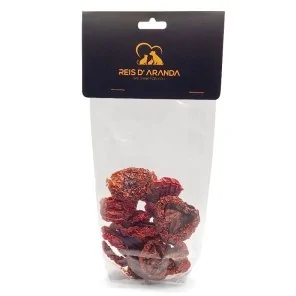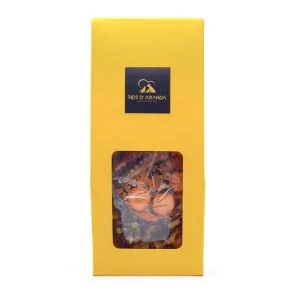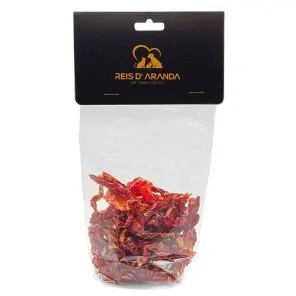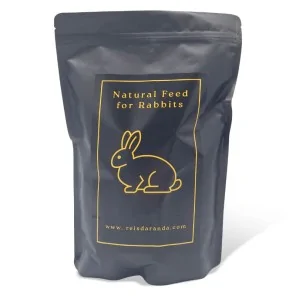Its name says it all: the Vienna blue rabbit comes from Austria. Not only is it beautiful with its shiny blue-grey...
THE POLISH DWARF RABBIT
INTRODUCTION
The Polish dwarf rabbit (also known as ‘Britannia Petite’) is a breed of dwarf rabbit of English origin (although its name points to Poland), it is one of the smallest and has a very slender and slender figure with a pair of large and very expressive eyes.
THE ORIGIN OF THE POLISH DWARF RABBIT
The Polish (Britannia Petite) breed originated in England and is known there as Polish. When it was brought to the United States and accepted by the American Rabbit Breeders Association (ARBA), it was called Britannia Petite, as there was already a recognised breed with the name ‘Polish’.
Originally, the American Rabbit Breeders Association (ARBA) only recognised the REW (Ruby Eyed White) variety, but since then the Black Otter, Chestnut Agouti, Black, Sable Marten, Broken and Blue Eyed White varieties have been accepted.
The REW (Red Eyed White) was the original colour, Warren and Wendy Pocha were the ones who got this variety of the Polish rabbit accepted into ARBA in 1977.
On the other hand, Rene Goedderz got approval for the following varieties: Black Otters in 1992, Black & Chestnut Agouti in 1995, Sable Marten in 1997, Broken in 2012 and Blue Eyed White (also called ‘BEW’) in 2014.
The Polish (Britannia Petites) are a very old breed and at one time were close to extinction, but a few dedicated breeders were able to save these lively little rabbits. Britannia Petites were once much larger animals than they are now. The ideal weight of Britannia Petites is approximately 1,100kg, fully grown.
WHAT IS THE POLISH DWARF RABBIT LIKE?
1. TYPE: The Polish (Britannia Petite ARBA) is a miniature rabbit, with fine bones and a glossy coat. The essence of the Polish is balance, the show should be strict in terms of the shoulders, compared to other breeds, and great emphasis is placed on how he is posed (standing). Ideally in this position, when viewed from the side, the front legs, chest through the head and ears should form a vertical line and at the same time the back should arch in a quarter circle from the back of the neck to the tail, with the belly and chest well tucked up. The head should be rounded, less so in bitches. The ears should be erect and approximately the same length as the distance from the base of the ears to the nose, although overall balance is the most important factor. The Polish should weigh approximately 1.134 kg (2.1/2Lb).
2. HAIR: The coat should be fine and close lying, returning to its original position when the hand is moved in the opposite direction.
3. COLOUR: Pure white with red or blue eyes, other colours according to normal colour pattern.
4. EARS: Well erect on top of head, well rounded when viewed from front or side. Showing no interruption to the touch from base to tips. The length should be balanced in accordance with the total length of the body. The colour should match the colour of the body or according to the colour pattern at home.
5. EYES: Bright and rounded, well placed at the top of the head. The colour in Red Eyed Whites (REWs) should be as close to blood red as possible and in Blue Eyed Whites (BEWs) as dark blue as possible. Other colours according to the normal colour pattern.
6. CONDITION: The rabbit should be in perfect health and free from dirt.
The coat should reflect good general health. The animal should be alert, cheerful and vigorous.
FAULTS:
- Coat turned upside down.
- Ears crooked
- Light eyes.
- White nails on any rabbit other than REW or BEW (the thumb of the hands is not taken into consideration, nor is it considered a fault if the nail of the thumb of the hands is missing).
- Ears out of proportion to the body.
- Signs of moult in the coat
- Pincer bite (serious fault).
DISQUALIFICATIONS:
- Animals weighing more than 1.134 kg (2.1/2Lb).
- Extraneous colour
- Speckled eyes
- White underarms
- Putty nose
- White patches on a coloured animal (vienna gene)
- Clear signs of mistreatment
- Anorexia
- Obesity
- mutilated teeth or malocclusion
- Watery eyes
DIFFERENCES BETWEEN THE NETHERLAND DWARF AND THE POLISH
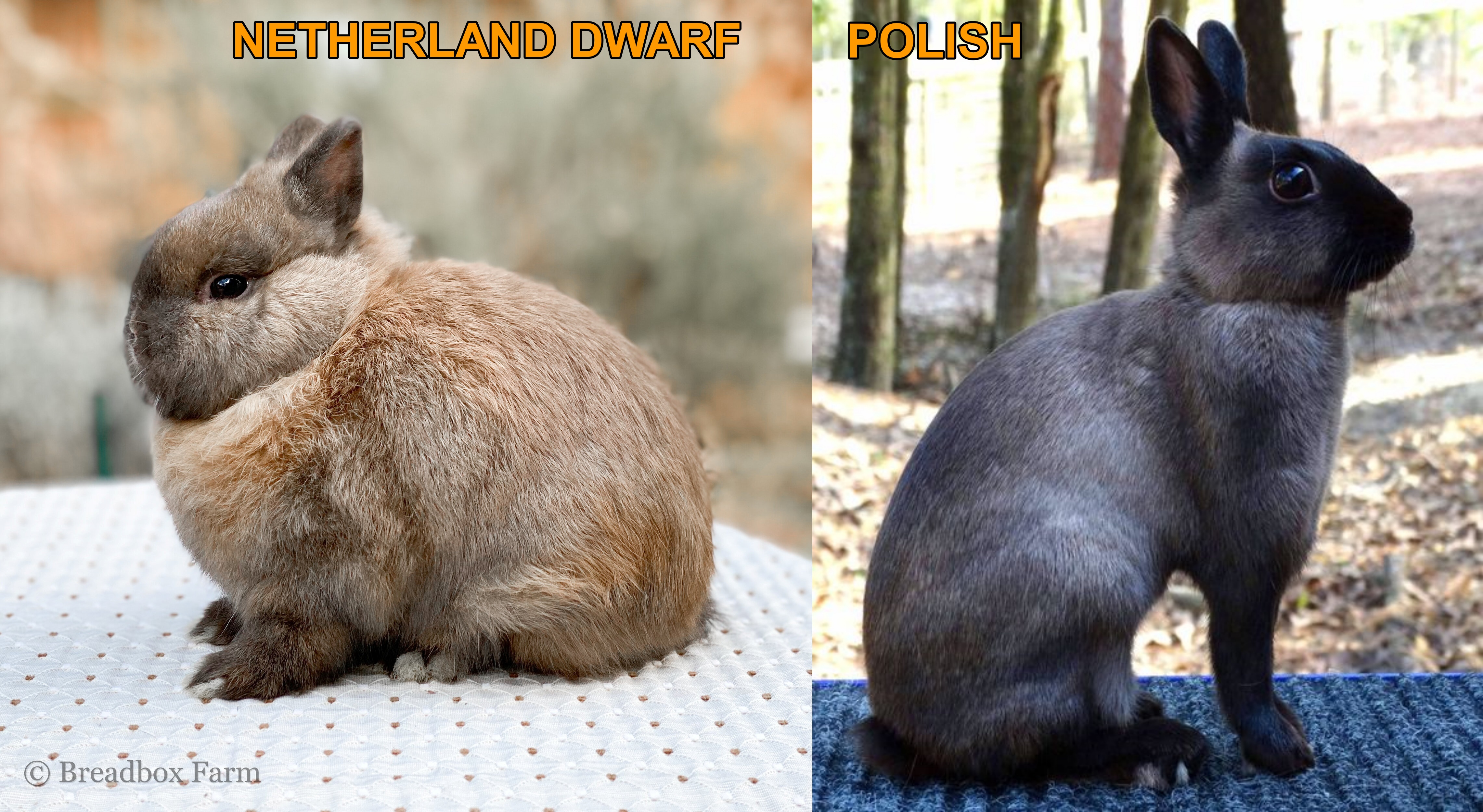
It has sometimes been the case that the Netherland Dwarf and the Polish (Britannia Petite) are mistaken for each other by people with less experience in fancy rabbit breeding, just as it has been the case that these people have been sold mongrels of Polish with Netherland Dwarf and have opened their eyes when someone more experienced has pointed out the physical signs of this type of cross (usually the shape of the head, eyes and arms).
Both are miniature rabbits (adult weight around 1 kg), but the Netherland Dwarf is much rounder and broader, with shorter, stronger legs, bulkier heads and a much flatter profile. The personality of the Netherland Dwarf is also much more pleasant, sociable and manageable.
The Polish (Britannia Petite) has a much slimmer and slimmer figure than the Netharland Dwarf, his eyes are larger, his ears are longer and narrower and when laying him on the table he is much taller and upright, standing on his toes. In personality, he is also much more nervous, active and aggressive than the Netherland Dwarf.
WHAT IS THE DWARF POLISH RABBIT LIKE AS A PET?
One of the first things you hear about Britannia Petites is: ‘how cute, but aren't they mean?’ They have earned a somewhat unfair reputation from some of the wild and rarely handled specimens that are exhibited. The Britannia Petite is a naturally nervous, very lively and intelligent animal. Consequently, it requires a patient attitude on your part to work with them successfully. A responsive and interactive relationship is a must if you want to enjoy this active little rabbit.
When females are in heat and ready to breed, they can become very aggressive, as can males who wish to breed. Most new mothers are very protective of their young and resent intrusions, especially from a stranger. This is common practice for most domestic rabbit breeds, but the nervous nature of Britannia Petites with their speed and agility can sometimes require special attention to perform their usual tasks in the cage. Sometimes a small treat will distract the female temporarily, allowing her to check the nest quietly and easily. Young Britannia Petites, with careful handling and a reassuring tone of voice, soon become very responsive to your wishes. They have a great deal of energy, which, if properly redirected, should enable you to handle them without fear of dropping your fingers. In short, treat them well and you will be rewarded with a unique bunny that will amaze most people who see them. Once they have become accustomed to their handling, they may be trained to assume the show pose. This requires patience and repetitive placement for short periods every day.
Feeding requirements are the same as for most domestic rabbits, as the quality of the feed is very important. Hay should comprise 80% of their daily diet and should be accompanied by a quality grain-free feed such as Reis d'Aranda adult rabbit feed, fresh vegetables and fruit and occasional quality rabbit treats.
CONCLUSION
The Polish rabbit (Britannia Petite) is not a rabbit suitable for everyone, in fact some breeders do not recommend them as a pet and classify them as ‘a show animal’, but with a little patience it can become a good companion, although it is recommended to have experience with rabbits before acquiring one due to its strong personality.
Leave a comment
Log in to post comments

